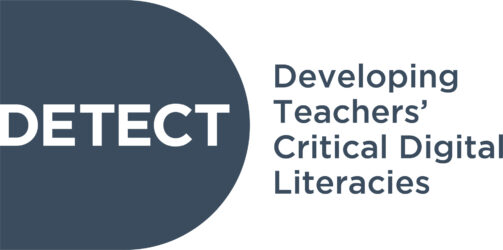This is a visual resource that teachers and students can use to deepen the theme of misleading information type. This infographic offers a useful classification, indicating also the characteristics of these information and their impact. This resource has been developed by EAVI – the European Association for Viewers Interests. It is an international non-profit organisation in Brussels that promotes media literacy in the perspective of active citizenship.
- fake news, media literacy, misleading
- image
- image: infographic
- EAVI – the European Association for Viewers Interests
- Attribution – Only noncommercial uses (CC BY-NC)
- https://eavi.eu/beyond-fake-news-10-types-misleading-info/

